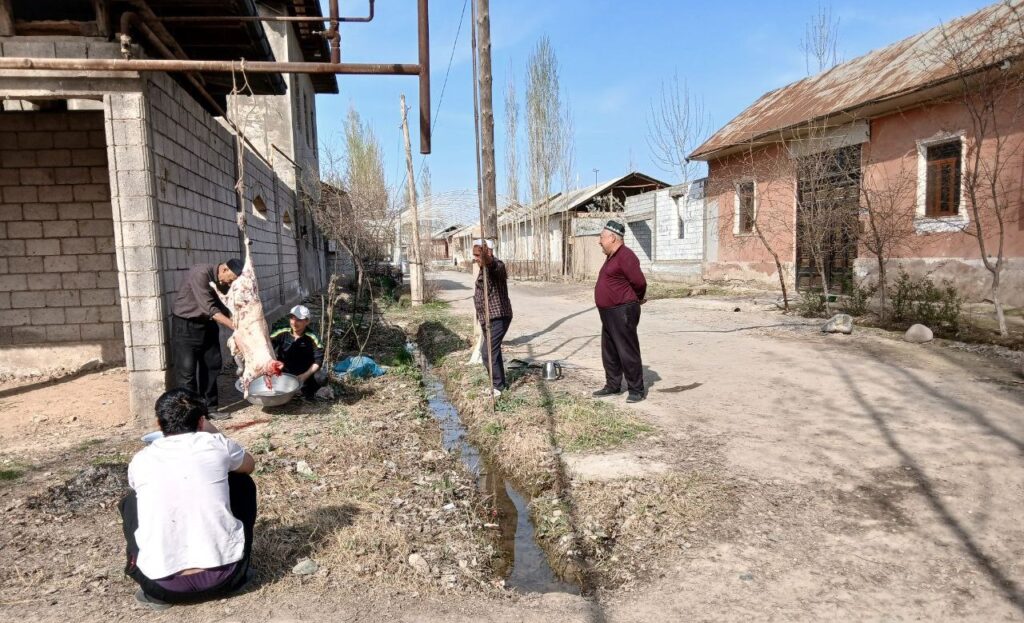Tajikistan will begin replacing Kazakh liquefied petroleum gas (LPG) with Russian supplies in 2025, Oil and Gas of Kazakhstan reports.
Tajik importers plan to increase rail deliveries from Russia next year, following the European Union’s embargo on Russian LPG imports, which took effect on December 20, 2024. As a result, Kazakhstan has redirected more of its LPG exports to Europe, making Russian LPG more competitively priced for Central Asian buyers.
Last year, Tajikistan was the largest importer of Kazakh LPG, accounting for 48% of Kazakhstan’s total LPG exports. In December and January, Russian suppliers sent trial batches of LPG to Tajikistan, and discussions are now underway for long-term supply contracts.
More than 97% of Tajikistan’s LPG imports arrive by rail through two Uzbek border crossings: Bekabad, which supplies the northern regions, and Kudukli, which serves the southern and central regions, including Dushanbe.
At the same time, European imports of Russian liquefied natural gas (LNG) have increased despite EU efforts to reduce reliance on Russian fossil fuels. According to The Guardian, data from Rystad Energy shows that European ports received 17.8 million tonnes of Russian LNG in 2024, over 2 million tonnes more than the previous year.
Meanwhile, Kazakhstan has officially banned the export of gasoline and diesel fuel by road and rail. The decision, effective January 29, 2025, is outlined in amendments to the joint order “On Some Issues of Export of Oil Products from the Territory of the Republic of Kazakhstan.” The restriction was approved by the Minister of Energy, the Chairman of the National Security Committee (KNB), and the Ministers of Finance and Internal Affairs, as previously reported by The Times of Central Asia.









